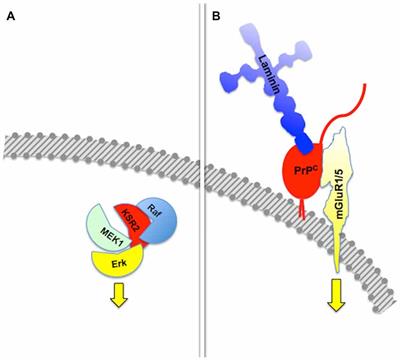
This entails the illumination of tiny sections of the cells followed by point-by-point scanning to enable reconstruction of 3d structures in the micrometric range. The team conducted a three-stage study to determine the structural features of cardiac cells, as well as the nature of their interaction with the fibres.įirst, the researchers studied the structure of cardiomyocytes and fibroblasts grown on a substrate of nanofibres using confocal laser scanning microscopy. Studying the interactions between the scaffold and heart cells is therefore essential for choosing the right nanofibre characteristics that would bring an artificial structure closer to that of a living organism. Nanofibres are designed to mimic the extracellular matrix that surrounds the cells and provides structural support.Īnother application for nanofibres is as a medium for delivering substances into the surrounding cells to induce biochemical changes in them. Nanofibres vary in terms of elasticity and electrical conductivity, and they may have additional ‘smart’ functions that enable them to release biologically active molecules at a certain stage.

The scaffolds used for cardiac tissue engineering are based on a matrix of polymer nanofibres. Vital for the growth, development, and formation of regenerating tissues is the substrate on which cells are grown. Creating “patches” for a damaged heart, however, demands more than merely understanding the properties of the corresponding tissue cells it requires an understanding of their interaction with the substrate, as well as the surrounding solution and neighbouring cells. Tissue engineering is often the only way to restore the functions of the human heart and achieve recovery. Regenerative medicine seeks to repair or replace lost or damaged human cells, tissues, and organs.

Fibroblasts, by contrast, have a more rigid structure and a much smaller area of interaction with the substrate, touching it only on one side.” “Using three independent methods, we discovered that during their development on a nanofibrous scaffold, cardiomyocytes wrap the fibres on all sides creating a ‘sheath’ structure in the majority of cases.


 0 kommentar(er)
0 kommentar(er)
